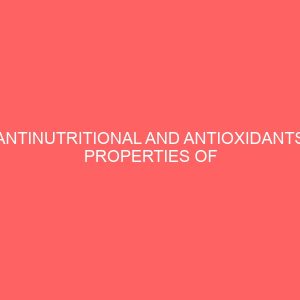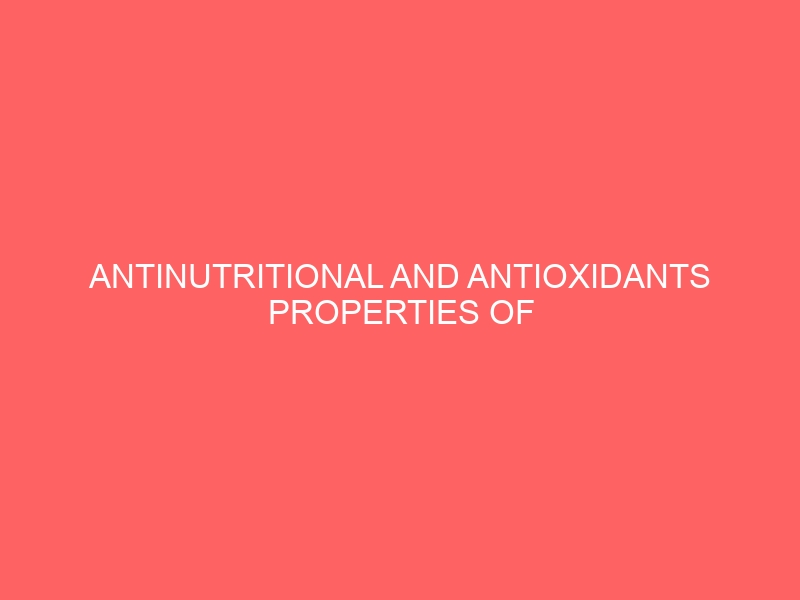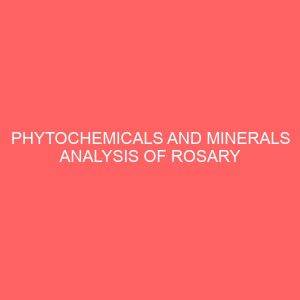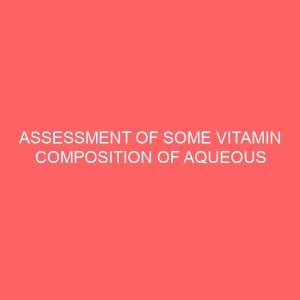Description
Antinutritional and antioxidants properties of aqueous leaf extract of Kenaf (Hibiscus Cannabinus).
Abstract
Kenaf (Hibiscus Cannabinus), a tall annual woody herb is widely distributed in Central Africa and indigenous to Nigeria, Cameroon, India, Ethiopia, among is used ethnomedicinally in the treatment of fever, bruises, dysentery and so on. Preliminary phytochemical screening of the revealed the presence of tannins, flavonoids, alkaloids, terpenoids, steroids, saponin and cardiac glycosides. The anti-nutritional screening of the crude extract showed that the leaves of kenaf contain 4.98±0.21 mg/kg of tannins, 0.38±0.051 mg/kg of alkaloids, 3.480±0.61 mg/kg of oxalate and 4.34±0.16 mg/kg of phytate. The result of inhibition of DPPH by crude aqueous leaves extract of Hibiscus Cannabinus (Kenaf) showed that the crude extract had antioxidant activity of 67, 74, 85 and 95% at 30, 60, 120 and 240 µg/mL (Figure 4.1) compared to the positive standard antioxidant agent ascorbic acid which had a percentage inhibition of 98, 97, 98 and 99% at 30, 60, 120 and 240 µg/mL, this suggests that the plant possesses significant antioxidant activity which can counteract the oxidative damage associated diseases. However, anti-nutritional factors of the leaves of this plant were low which makes them be edible. Based on the results obtained in this study, it could be that the aqueous contain chemical constituents of pharmacological and nutritional significance. .








Reviews
There are no reviews yet.